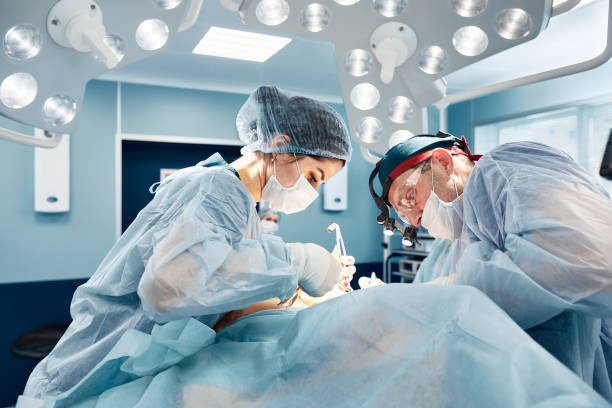Loading...

Plastic & Reconstructive Surgery
Plastic and reconstructive surgery are specialized fields within surgery that focus on
repairing, reconstructing, and enhancing the appearance and function of various parts of the
body. These fields often overlap, as both aim to restore normal appearance and functionality
after trauma, surgery, or congenital abnormalities.
- Cosmetic Surgery: Procedures aimed at enhancing appearance, such as facelifts, rhinoplasty (nose reshaping), breast augmentation, and liposuction
- Reconstructive Surgery: Procedures that restore function and appearance after trauma, cancer surgery, or congenital deformities.
- Post-Traumatic Reconstruction: Repairing injuries from accidents, including facial fractures and soft tissue injuries.
- Cancer Reconstruction: Restoring appearance and function after tumor removal, such as breast reconstruction after mastectomy.
- Congenital Defect Correction: Repairing birth defects like cleft lip and palate, craniofacial abnormalities, and congenital hand deformities.
- Breast Augmentation/Reduction: Enhancing or reducing breast size for aesthetic or functional reasons.
- Abdominoplasty (Tummy Tuck): Removing excess skin and fat from the abdomen and tightening abdominal muscles.
- Breast Reconstruction: Using implants or autologous tissue (flaps) to recreate a natural-looking breast after mastectomy.
- Psychological Support: Counseling and support for patients adjusting to changes in appearance.
- Plastic and reconstructive surgery are dynamic fields that combine artistry and science to improve both appearance and functionality. Plastic surgery often focuses on cosmetic enhancements, while reconstructive surgery aims to repair defects caused by trauma, surgery, or congenital conditions. Together, they play a vital role in restoring normalcy and improving the quality of life for patients, utilizing a range of techniques from minimally invasive procedures to complex surgical reconstructions.

